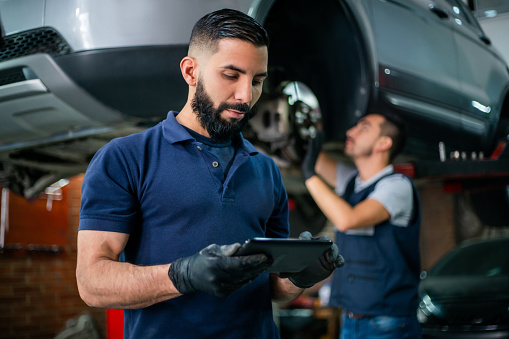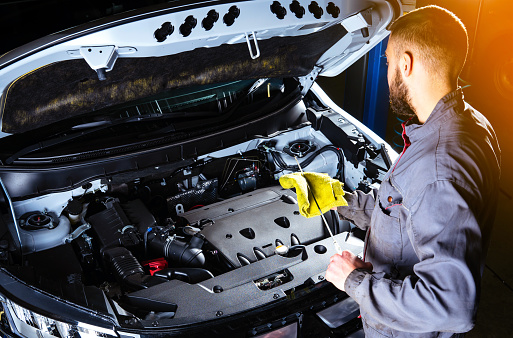May 15, 2023
Auto Repair
Auto repair refers to the process of fixing or maintaining vehicles, typically performed by trained mechanics or technicians. It involves diagnosing and repairing mechanical, electrical, and electronic issues in automobiles to ensure their proper functioning and safety.

When are your car repairs covered by car insurance
Car repairs may be covered by car insurance in the following situations:
- Collision Coverage: If you have collision coverage as part of your car insurance policy, repairs to your vehicle will be covered if it has been damaged in a collision, regardless of fault. This coverage helps pay for repairs or replacement of your car, up to the policy limits.
- Comprehensive Coverage: Comprehensive coverage protects your vehicle against damage caused by non-collision events, such as theft, vandalism, natural disasters, or hitting an animal. If your car sustains damage from these types of incidents, your insurance policy may cover the cost of repairs.
- Liability Coverage: Liability coverage, which is typically mandatory, covers the cost of repairs to other people’s vehicles or property if you are at fault in an accident. However, it does not cover repairs to your own vehicle.
- Uninsured/Underinsured Motorist Coverage: If you are involved in an accident caused by an uninsured or underinsured driver, and you have this coverage, it may help cover the costs of repairs to your vehicle.
It’s important to note that coverage limits, deductibles, and policy terms vary depending on your insurance provider and the specific details of your policy. Always review your policy documents or consult with your insurance provider to understand the coverage and any limitations or exclusions that may apply

What are the 3 types of repair?
The three types of repair commonly referred to are:
- Emergency or Breakdown Repair: This type of repair is performed when a vehicle experiences a sudden failure or breakdown that requires immediate attention. It aims to restore the vehicle’s functionality quickly so that it can be driven safely.
- Scheduled or Preventive rpair: Scheduled maintenance involves regular inspections, servicing, and replacement of components based on the vehicle manufacturer’s recommendations. It is done to prevent potential issues and keep the vehicle in good working condition. Examples include oil changes, filter replacements, and tire rotations.
- Cosmetic or Aesthetic Repair: Cosmetic repairs focus on improving the appearance of a vehicle rather than addressing mechanical issues. They can include fixing dents, scratches, or repainting damaged areas.
It’s important to note that these categories are not mutually exclusive, and a repair job may fall into more than one category. The type of repair needed will depend on the specific problem or goal for the vehicle.
Is repair a type of maintenance?
Yes, repair is a type of maintenance. Maintenance refers to the actions taken to keep something in a functioning and operational state. It includes both preventive measures to prevent problems and corrective actions to fix issues when they arise. Repair is a form of corrective maintenance that addresses a specific problem or malfunction to restore an item or system to its intended working condition.
Maintenance can be further classified into different types, such as preventive maintenance (routine inspections and servicing to prevent breakdowns), predictive maintenance (using data and monitoring to predict failures and schedule repairs), and corrective maintenance (addressing issues after they occur). Repair falls under the category of corrective maintenance, as it involves fixing or replacing components to resolve a specific problem or failure.
